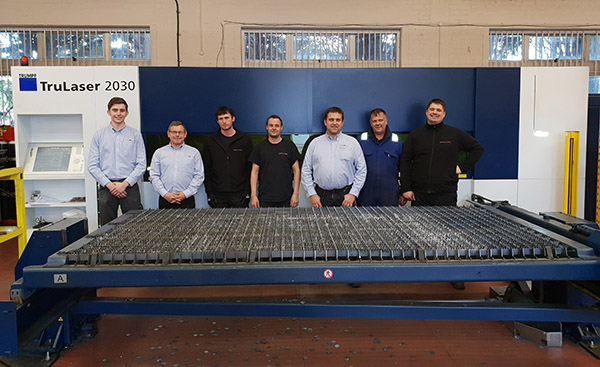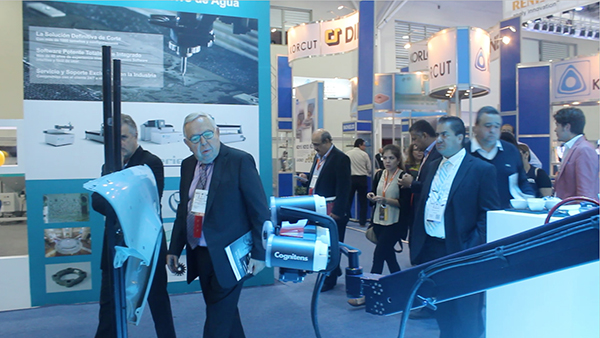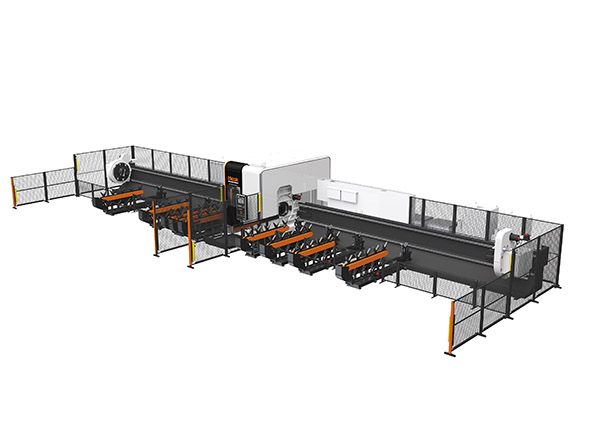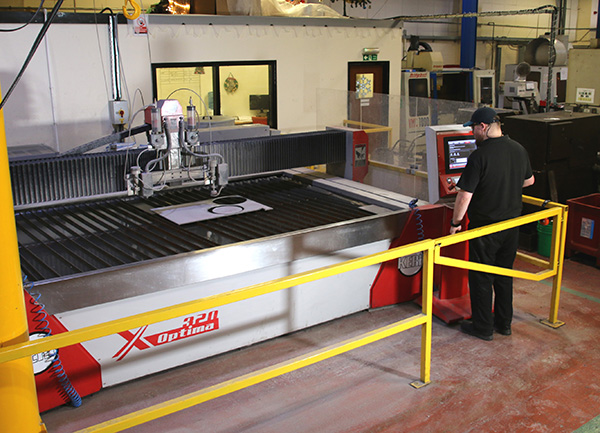New start-up Staffs Laser Ltd has selected a Trumpf TruLaser 2030 Fiber to help propel the business into the Midlands subcontract sheet profiling market.

Installed at the time of business launch in April 2018 as the company’s sole laser cutter, the TruLaser 2030 fiber is on target to help Staffs Laser achieve a turnover of £800,000 in its first year of trading, way ahead of the £560,000 originally budgeted.
Staffs Laser is the brainchild of Eddie Hopkins, who has been working in the laser cutting arena for the past 15 years.
“At my previous employment we had CO2 laser cutting machines, which are fine but cannot match the speed of fibre on thinner sheet,” he explains. “My old bosses were reluctant to invest in the latest fibre technology, so I decided to leave and start my own business.”
Working out of premises near Stone, located between Stafford and Stoke, Hopkins knew he would have to invest from the outset, and Trumpf was always going to be first choice. I knew Trumpf machines well and consider them to be the market leader. In addition, they provide really good service, which I knew would be key to a new start-up business like mine.”
With limited budget, Hopkins duly installed Trumpf’s entry-level machine, the TruLaser 2030 Fiber.
“Such has been the ramp up in demand that the TruLaser 2030 is already running 12 hours a day during the week, and 6-7 hours on Saturday – in fact, we are struggling to keep up and will soon have to consider running overnight,” he explains.
The company recently achieved a record monthly revenue of £80,000, which is nearly double the figure originally budgeted.
For further information www.uk.trumpf.com























